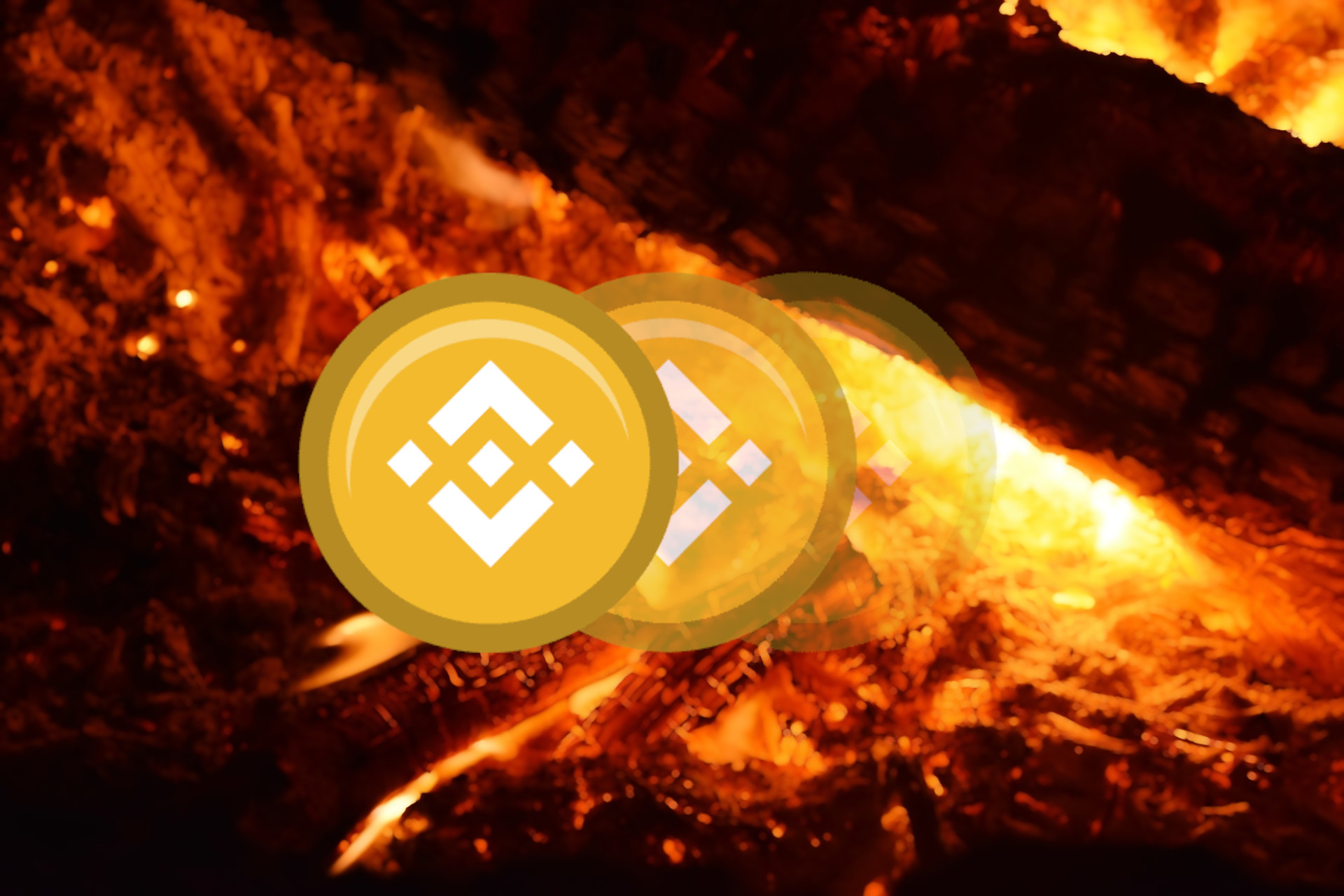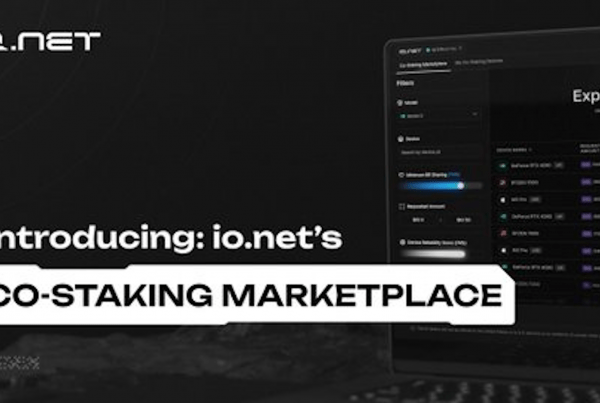
Key takeaways:
- The new BNB burn program will replace scheduled quarterly burns and make the token destroying process a continuous process
- Binance aims to bring greater transparency and predictability to the BNB removal procedure, which will be based on the price of BNB and BSC block generation
- In addition to the newly launched BNB Auto-Burn, Binance Coins are removed from circulation in the real-time burning process introduced with BEP-95 earlier in the month
The Binance crypto exchange has announced a new update to its Binance Coin (BNB) burning process – BNB quarterly burns will be replaced by the new ‘auto-burn’ mechanic, which will bring greater transparency to the process of BNB removal from circulation.
BNB auto burn method will replace quarterly burns
Binance aims to increase the transparency and predictability of the BNB burning process with the introduction of BNB Auto-Burn. Contrary to quarterly burns, which were, as the name implies, executed once per quarter, the new mechanic will operate continuously and will be “independent of revenues generated on the Binance CEX,” according to the announcement post.
Binance explained that Auto-Burn will be automatically adjusted by taking into account the price of BNB and the number of blocks created on the Binance Smart Chain (BSC) during a quarter:
“The burn amount will be based on the price of BNB, which, in turn, reflects the supply and demand for BNB, as well as the number of blocks produced during a quarter calculated on the basis of on-chain information.”
The new update to the removal of BNB from circulation comes less than a month after the Bruno hard fork introduced BEP-95 and real-time BNB burning mechanism, which is in a lot of ways similar to the one integrated to the Ethereum network via the London hard fork earlier in the year.
BNB burning outlined in the BEP-95 differs from ETH in the method that network fees are processed. While the entirety of ETH’s gas fees is sent to the burn pool, some of BSC’s fees are distributed to the network’s validators.
Generally speaking, removing digital assets from circulation in the process called burning is employed with the intention of introducing deflationary pressure on the value of the digital assets. By diminishing the number of coins in circulation, the supply and demand dynamics dictate that the value of a single asset increases as long as demand for it remains at least the same.



